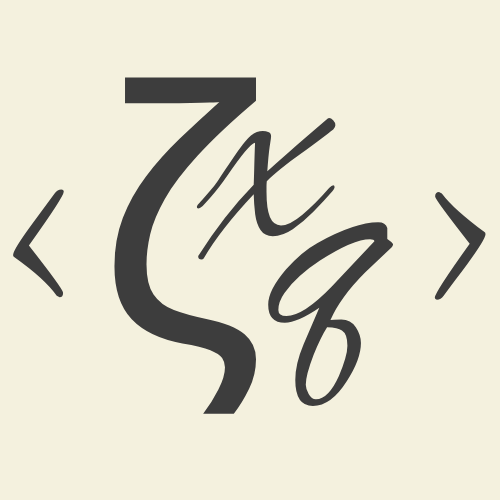Clean Code: Chapter 4 Notes
Table of Contents
Link to Chapter 3 | Link to Chapter 5
Chapter 4: Comments
Comments are a necessary evil—they exist because code fails to express intent clearly.
Outdated comments are dangerous; they can mislead more than help.
Strive to write code that explains itself; comments should be minimised.
Truth is always in the code, not in the comments.
Comments Do Not Make Up for Bad Code
Don’t use comments to excuse messy, unclear code. Clean the code instead.
Clear, expressive code with few comments > cluttered code with many comments.
// Check to see if the employee is eligible for full benefits if ((employee.flags & HOURLY_FLAG) && (employee.age > 65)) // Better: if (employee.isEligibleForFullBenefits())
Good Comments
Only write them when unavoidable. Such as in the following instances:
Legal Comments
Sometimes required for copyright/licensing.
Keep them short; refer to standard licenses rather than embedding full legal text.
Informative Comments
Explain return values, formats, or patterns.
Prefer naming/structuring code to make such comments unnecessary.
// format matched kk:mm:ss EEE, MMM dd, yyyy Pattern timeMatcher = Pattern.compile("\\d*:\\d*:\\d* \\w*, \\w* \\d*, \\d*");
Explanation of Intent
Describe why a certain approach was chosen.
Helps future maintainers understand reasoning behind code.
public int compareTo(Object o) { if(o instanceof WikiPagePath) { WikiPagePath p = (WikiPagePath) o; String compressedName = StringUtil.join(names, ""); String compressedArgumentName = StringUtil.join(p.names, ""); return compressedName.compareTo(compressedArgumentName); } return 1; // we are greater because we are the right type. }
Clarification
Translate obscure values into readable terms.
Useful when working with unchangeable APIs/libraries, but risky if incorrect.
Warning of Consequences
Alert others about performance, thread-safety, or side effects.
For example, in code you can say:
// SimpleDateFormat is not thread safe, so create each instance independently.
TODO Comments
Mark incomplete work or planned improvements.
Should be reviewed regularly; not an excuse for bad code.
Amplification
Highlight the importance of seemingly small details.
// the trim is real important. It removes starting spaces...
Javadocs in Public APIs
Public APIs should have clear documentation.
Javadocs can also mislead. Keep them accurate and up-to-date.
Bad Comments
- Don't place a comment just because you feel like it.
- Remove redundant comments.
- Avoid misleading comments.
- Don't mandate everything (not every function needs a Javadoc).
- No need for journal comments, we have source control.
- Remove noise comments.
Don’t Use a Comment When You Can Use a Function or Variable
Replace explanatory comments with expressive variable or function names.
Refactor code to remove comment redundancy.
Position Markers
Avoid decorative banners like // Actions ///////////////////////, they add clutter.
Use sparingly and only for meaningful grouping.
Overuse makes them blend into background noise.
Closing Brace Comments
Comments on closing braces (} // while) are unnecessary for small, well structured functions.
Prefer short, clear functions over brace markers.
Attributions and Bylines
Don’t add personal tags like /* Added by Rick */, use version control for authorship history.
Such comments become outdated and irrelevant over time.
Commented Out Code
Never keep old code commented out; delete it and rely on version control history.
Commented-out code adds clutter and confuses future maintainers.
// Old cruft that should be deleted: //hdrPos = bytePos; //dataPos = bytePos;
HTML Comments
Avoid HTML markup inside code comments, it makes them harder to read in the editor.
Let documentation tools (like Javadoc) handle formatting.
Nonlocal Information
Comments should describe nearby code only, not unrelated parts of the system.
Avoid embedding global/system details that the function can’t control.
Too Much Information
Avoid long, unnecessary historical or technical explanations.
Keep only relevant context (e.g., “RFC 2045” reference is fine, not the full spec).
Inobvious Connection
Ensure the relationship between comment and code is clear.
Don’t make readers guess what part of the code the comment refers to.
// plus filter bytes ... but which part is “filter”? this.pngBytes = new byte[((this.width + 1) * this.height * 3) + 200];
Function Headers
Short, single purpose functions with good names don’t need header comments.
Let the function name explain the purpose.
Javadocs in Nonpublic Code
Javadocs are useful for public APIs, but excessive formality in internal code is just noise.
Internal methods should be self explanatory without full doc comments.
